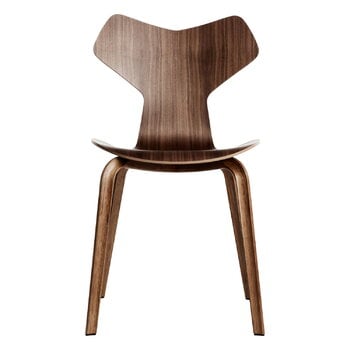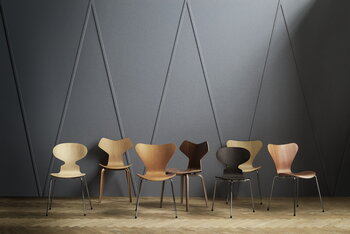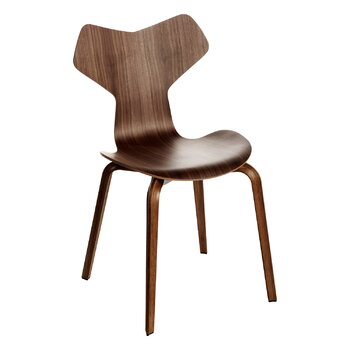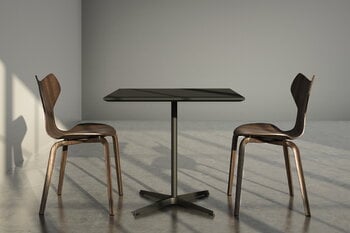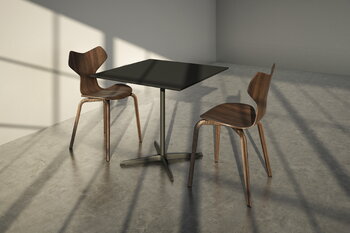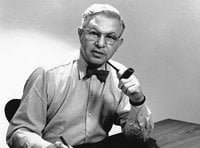Fritz Hansen's Grand Prix 4130 chair adds a dose of sophisticated Scandinavian design to the dining room, study, bedroom as well as public spaces. The chair features distinctive curved lines that offer a timeless aesthetic and exceptional seating comfort – a typical combination for furniture by Danish designer Arne Jacobsen! The seat's flexible and durable form is crafted by pressing nine layers of plywood into a single piece.
By the way, do you know where the name Grand Prix comes from? The Milan Triennale, of course! The Grand Prix chair won the prestigious design award in 1957, the year it was designed. Quite an award queen, this beauty!
